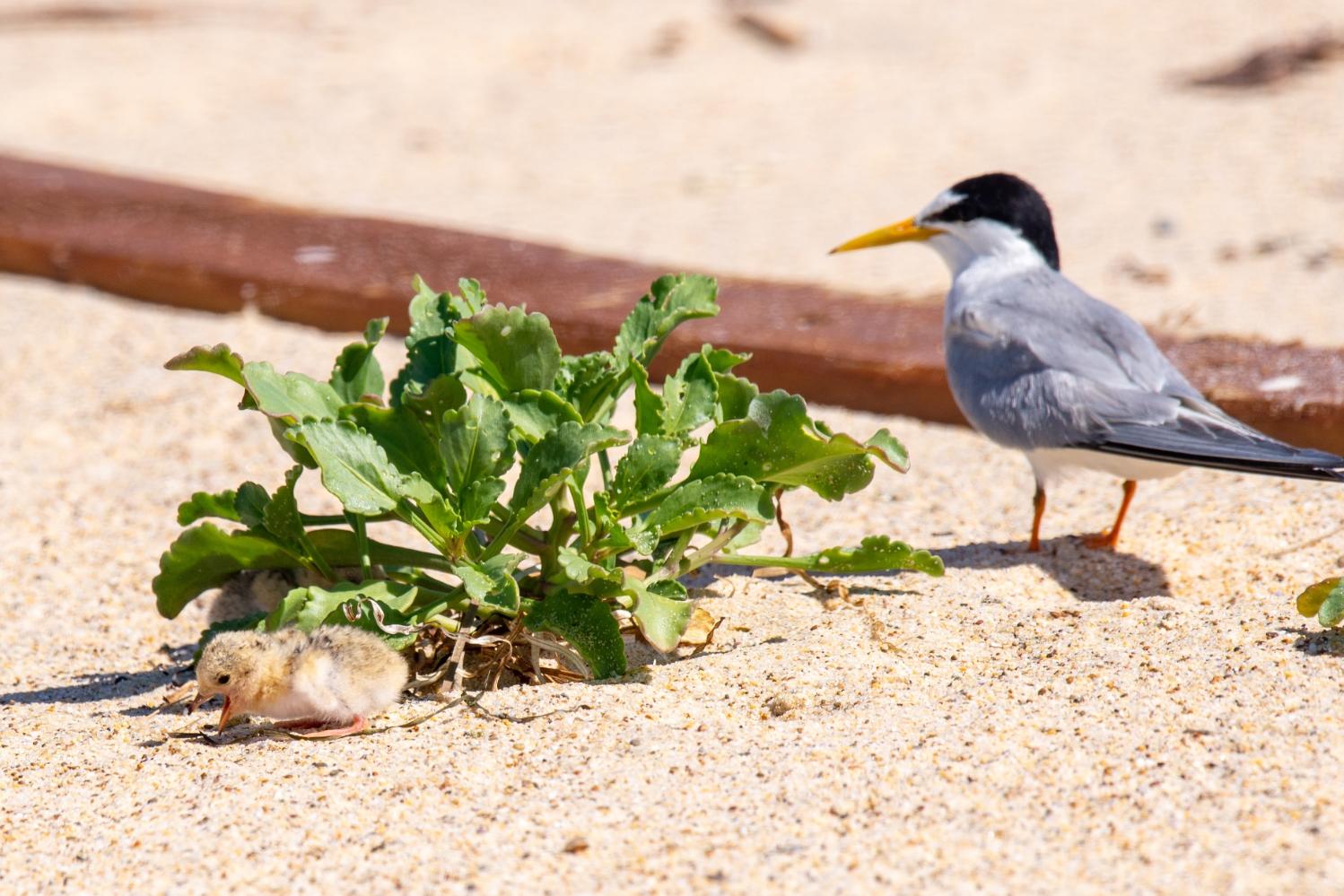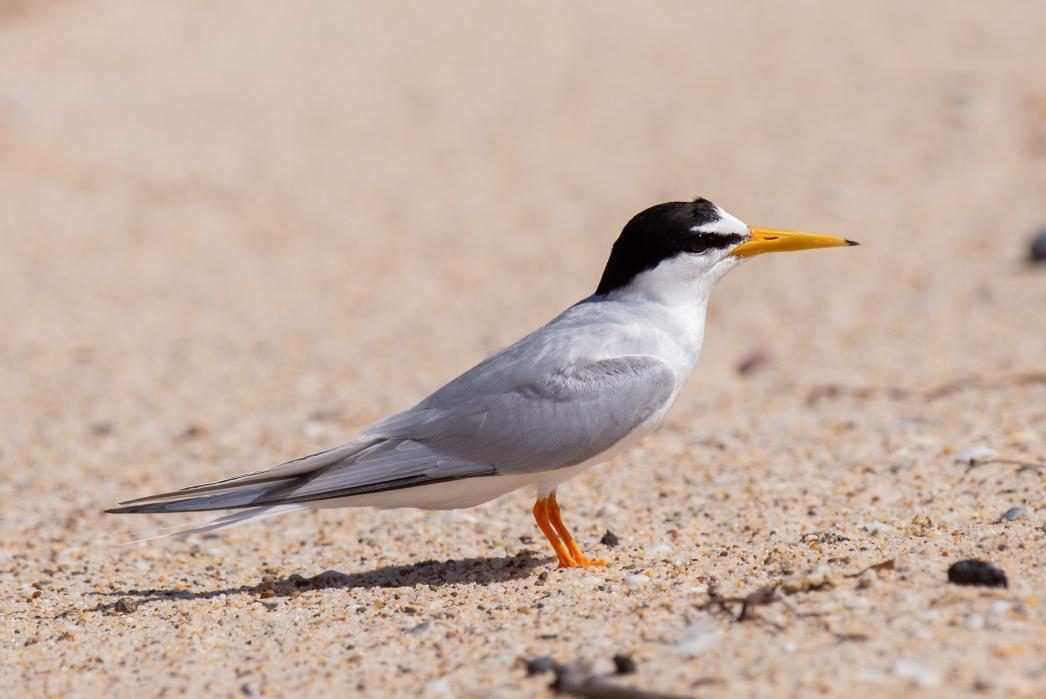Endangered Little Tern Colony on central coast has most successful breeding season in over 20 years
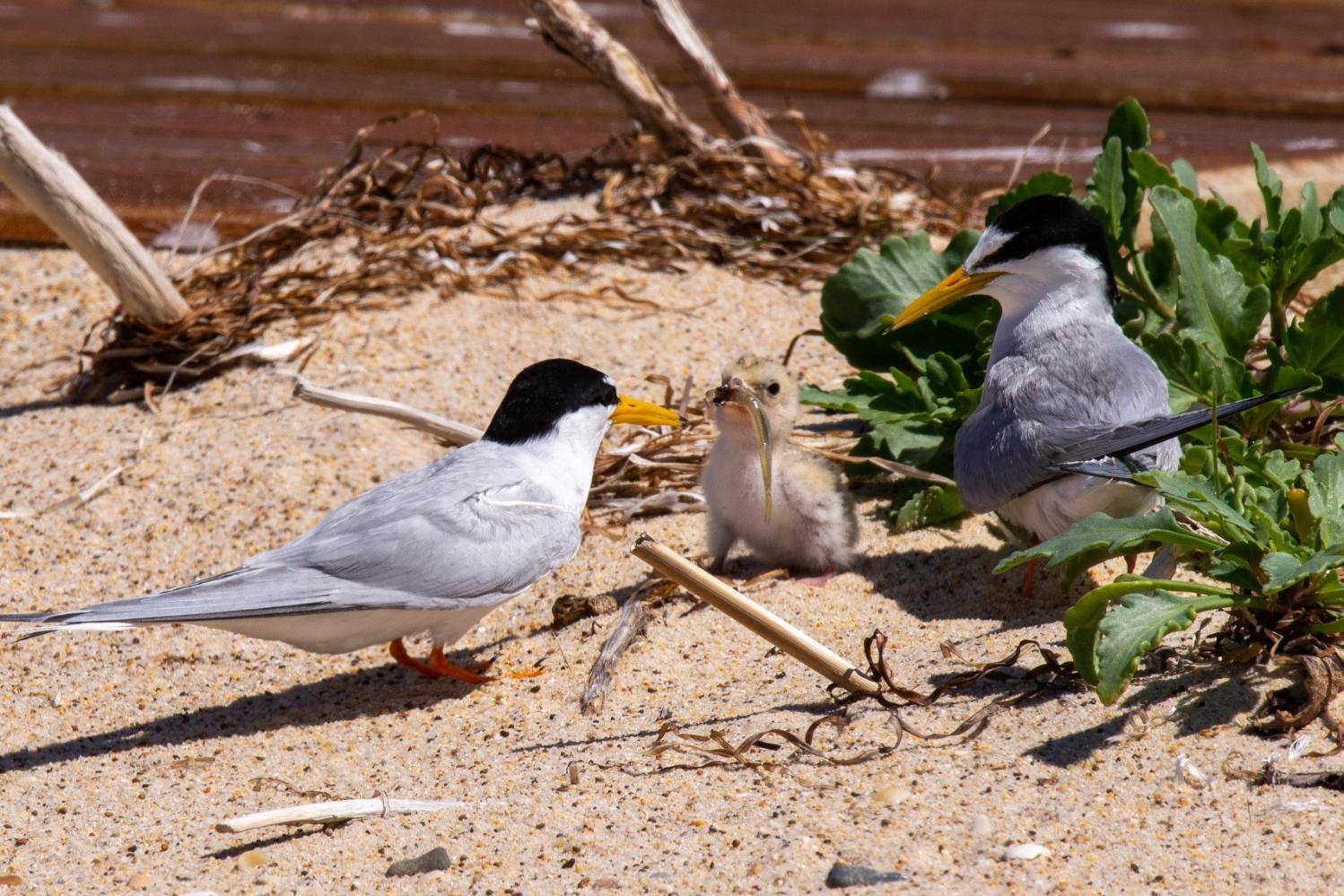
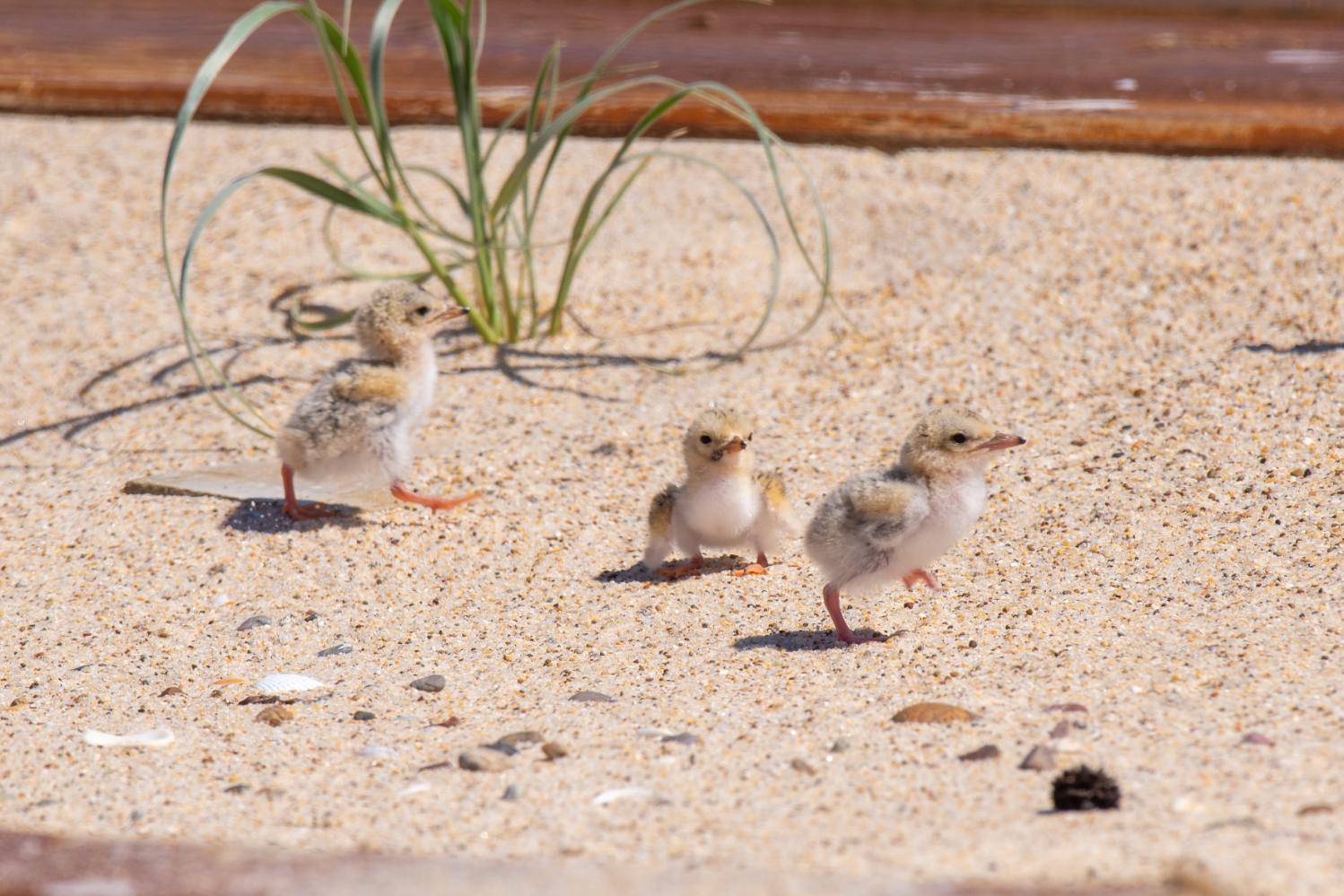
For those who enjoyed last Issue's 'Ground Nesting Birds of Pittwater', some great news from the Central Coast - it's worth noting that Little Terns have been seen and recorded in our area and now we may have even more of them visiting!!:
Tuesday, 20 July 2021 - From Central Coast Council
Central Coast Council’s work to protect the Little Tern has seen record numbers of the endangered coastal bird at Karagi Point North Entrance, officially marking the site as crucial for the species’ ongoing conservation.
Council Environmental Education Officer, Nick Carson said the Karagi Point breeding colony was considered the most important nesting site in NSW for the 2020/21 breeding season.
“In December last year we knew we were on track for a record baby boom of the feathered kind, but even then our estimated numbers were still shy of the final results,” Mr Carson said.
“With an estimated 72 breeding pairs, 97 nests, 236 eggs (approximately 2.4 eggs per nest) and 152 chicks being observed, these figures were greater than what was observed at any other site in NSW for the 2020-21 breeding season.
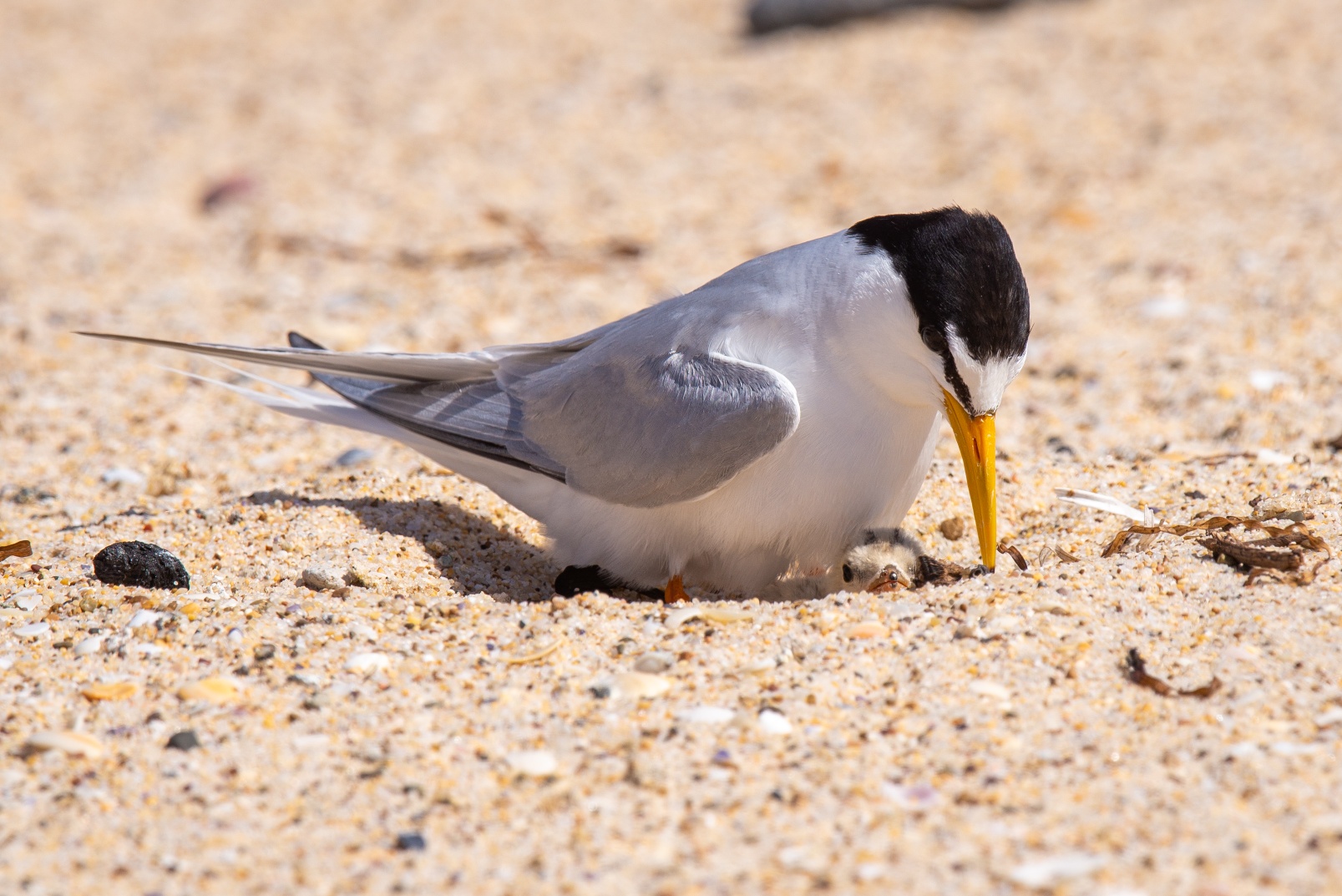
“An average of 0.71 chicks successfully fledged per breeding pair, and with only 350 chicks believed to have successfully fledged throughout the same period in NSW, this means that one seventh of the population can be attributed to Karagi Point alone.
“This was clearly the most successful breeding season seen at Karagi Point in over 20 years of monitoring. We’re very lucky to have Little Terns visit us from as far away as Indonesia and South-east Asia every summer and it is exciting to be part of something so special as ensuring the survival of a species into the future.
“This incredibly successful (and encouraging) breeding season can be accredited to best practice management and monitoring by Council, abundant food sources and a healthy adjacent lake system.”
Council Administrator, Rik Hart said Council has a number of successful conservation, education and monitoring programs that support threatened species including the Little Tern, Eastern Osprey, Swift Parrot and Regent Honeyeater.
“The values of the Central Coast community are strongly tied to our local natural environment, which contributes to the lifestyle, culture and beauty of the region. We are committed to leaving a positive legacy for future generations and with each successful program we get another step closer to achieving this,” Mr Hart said.
Council conducted Little Tern community education events with the NSW Office of Environment and Heritage over the season and was pleased with the interest of locals and visitors.
Council will continue to work with local environmental groups, National Parks and Wildlife, and the Office of Environment and Heritage to ensure the success of its endangered species programs.
Karagi Point is a popular location for many locals and visitors to the Central Coast. Little Terns, Red-capped Plovers and Silver Gulls are regular native species that reside at this location. At Karagi Point you can choose to walk down to the sandy shores of The Entrance’s mouth or spot the bird life from the boardwalk above the water.
Silver Gull: The Silver Gull is found at any watered habitat and is rarely seen far from land. They have become well adapted to urban environments but still rely on watered habitats for breeding.
Little Tern: The Little Tern is mainly a coastal species, being found on beaches, inlets, estuaries, lakes, lagoons, river mouths and deltas.
Red-capped Plover: The Red-capped Plover is found in coastal wetlands and lagoons. They prefer saline and brackish waters. The Red-capped Plover feed on molluscs, small crustaceans and some vegetation, on mudflats, sandy beaches and saltmarsh areas around the Tuggerah Lakes. The Red-capped Plover will make a nest on the sand or in a rocky area covered by vegetation. They are well camouflaged and this can cause issues with people not seeing the nests.
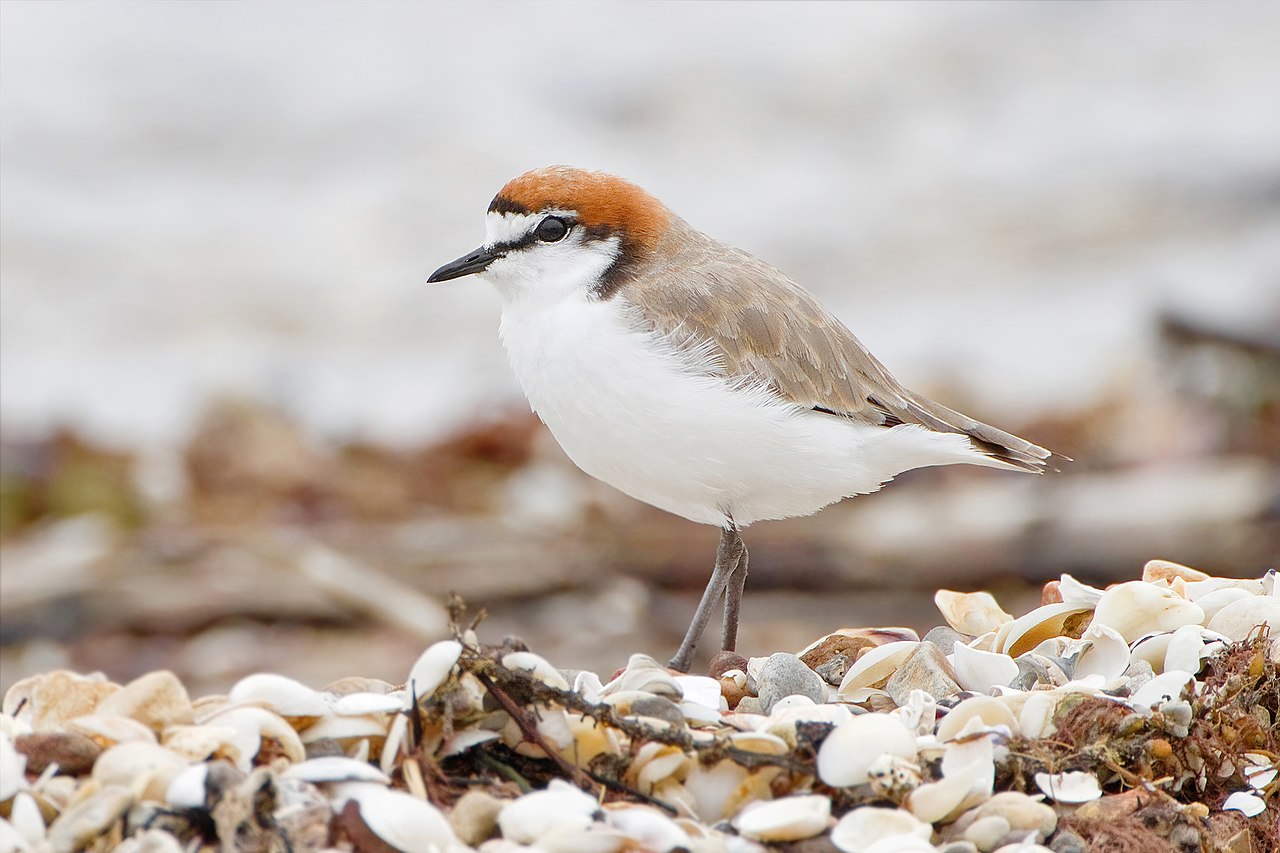
Red-capped Plover (Charadrius ruficapillus), Male, Breeding Plumage - photo by J J Harrison

'Nest' with eggs - photo by J J Harrison
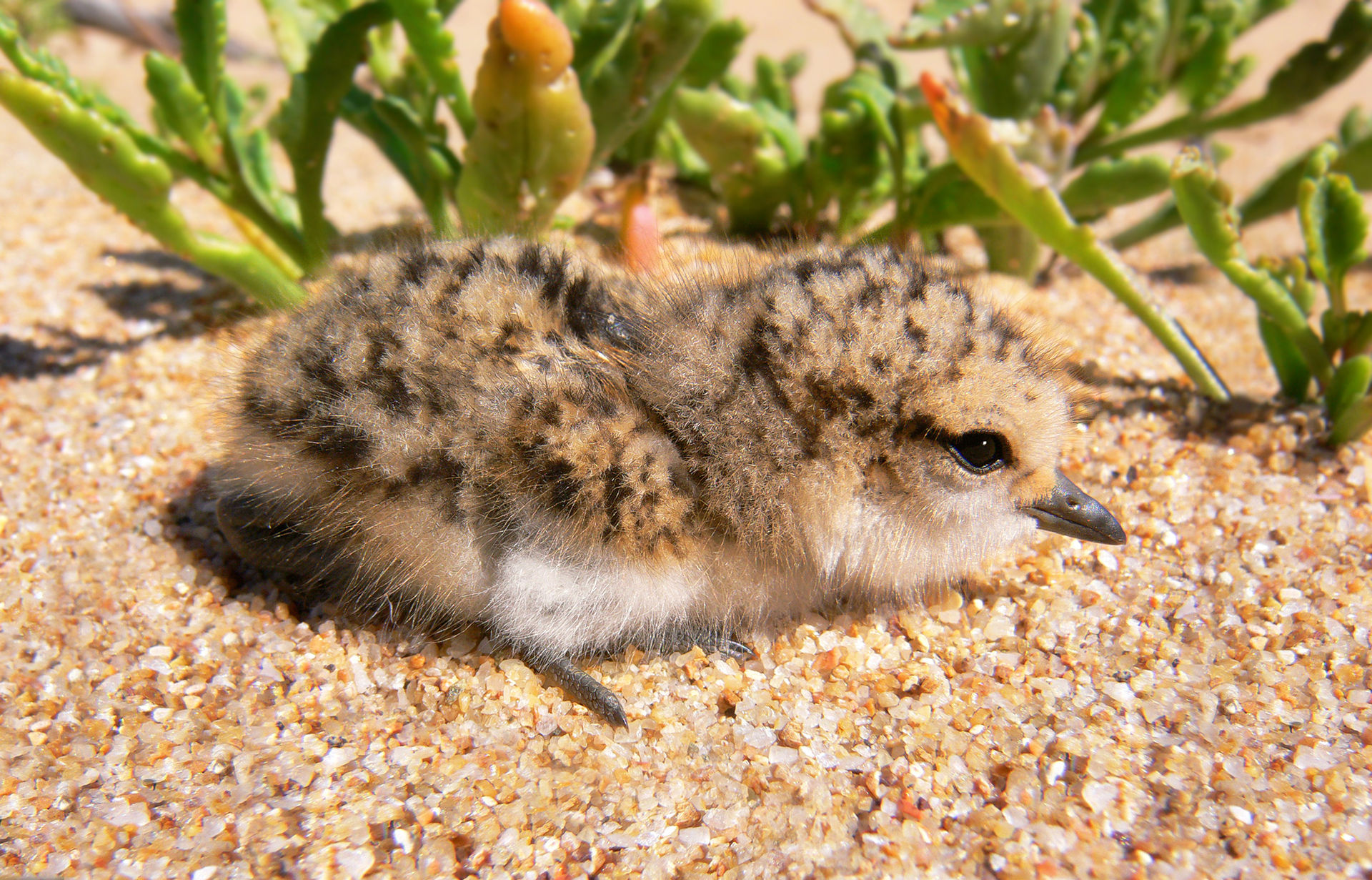
A chick, adopting a 'camouflaged position' that helps it avoid detection by predators - photo by Benjamint 444
Little Tern colony on Central Coast Images courtesy of Andrew Robinson, Luke Ullrich and Australian Seabird Rescue Central Coast
